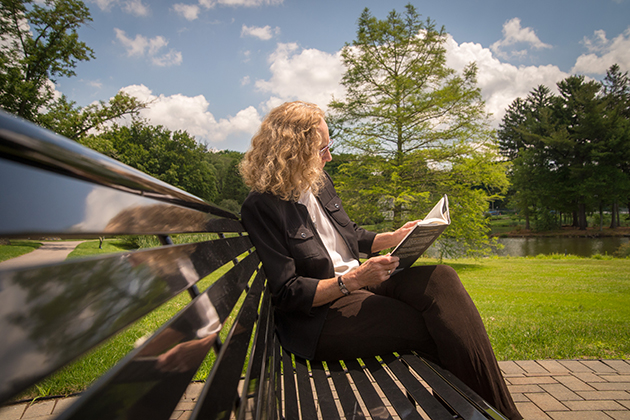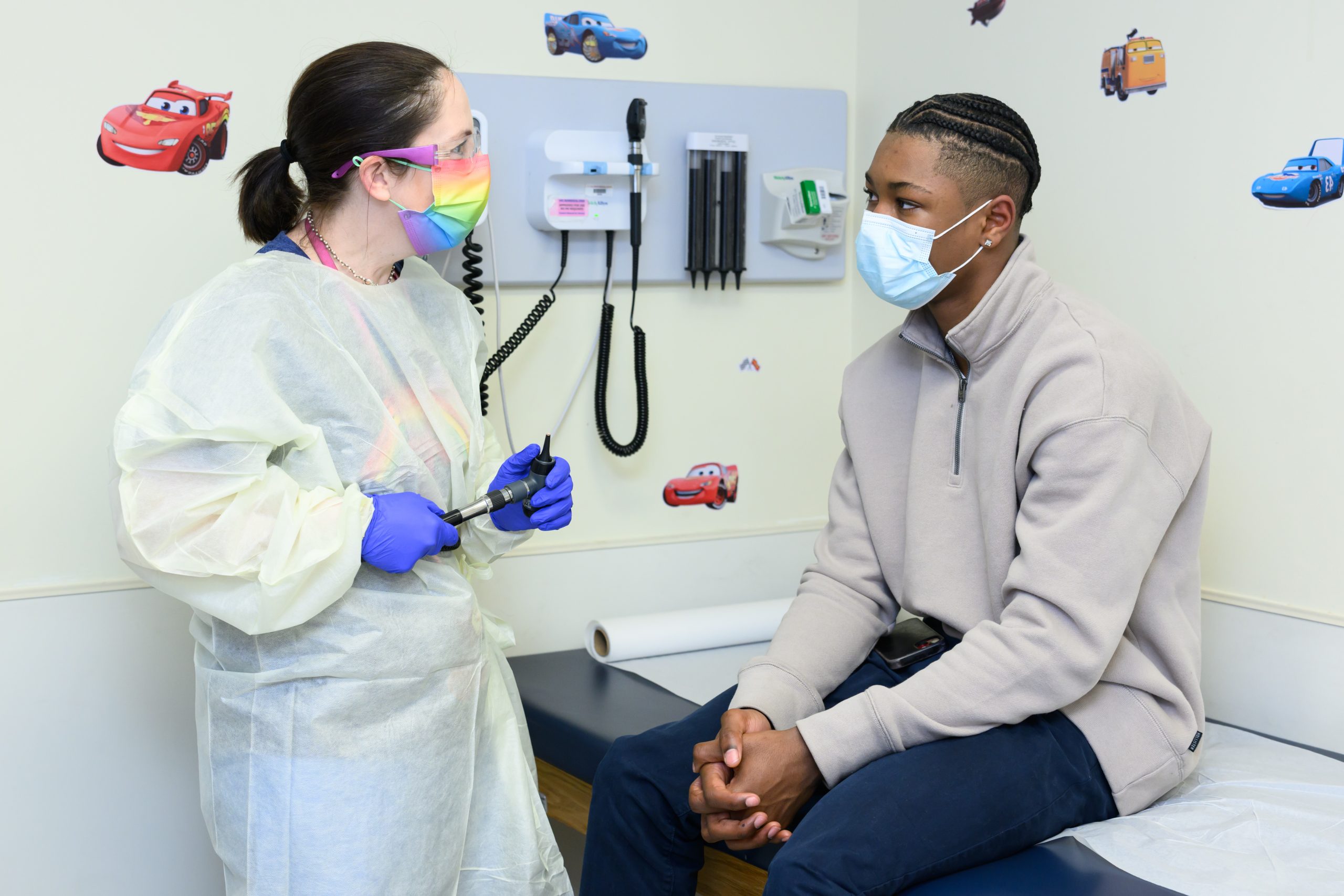For the 2015-2016 academic year, the UConn Reads Steering Committee has selected the theme “Race in America.” The theme is both provocative and poignant, especially in juxtaposition to various current events (such as Ferguson, Baltimore, and #blacklivesmatter) and several significant anniversaries, including the 50th anniversaries of the March on Selma and the subsequent passage of the Voting Rights Act of 1965. The year 2015 is also the 50th anniversary of the 1965 Immigration and Nationality Act, which removed – for the first time in U.S. history – race-based, nation-based quotas from immigration law.
The committee welcomes your nominations for the 2015-16 UConn Reads selection, which can be submitted online. The deadline for nominations is Aug. 1.

Almost a year ago, Eric Garner, a young African American, died on Staten Island as a result of the chokehold that Staten Island Police Officer Daniel Pantaleo used on him. It is telling that the word “died” comes up in most accounts; this would likely be termed murder under other circumstances. Five months later, a grand jury concluded their deliberations with a decision not to indict the officer. The protests that followed became one among many that erupted against the harassment and murder of African Americans in numerous U.S. cities.
I was born on Staten Island. I lived there until my early 20s. My father’s first job was as a motor cycle cop, patrolling the Holland Tunnel. He took the Fire Department test and began work as a firefighter in the early 1960s. His fire house was located in the West Village and, among other things, he helped put out the fires of Stonewall.
We grew up among police officers and firefighters, most of whom were white. We lived in a predominantly white neighborhood, only a few blocks from a mostly black neighborhood. I attended mostly white schools, but was fortunate to meet African American young people through my affiliation with the Staten Island YMCA. There I met one of my best friends, for a while, before the segregated schools we attended drew us apart. I remember fondly my visits to her house. We had loads of fun playing games, listening to music, or just finding a quiet corner to read or share secrets. I have a photograph of one of our sleepovers, where it looks as if we were in the midst of a pillow fight with big smiles on our faces and no care in the world. Or so it appeared.
Soon after, we lost touch. I thought of her often but our lives took different paths. It wasn’t until much later that I understood exactly why that was. Powerful analyses by W.E.B. Du Bois (The Souls of Black Folk) and Jonathan Kozol (Savage Inequalities) and recent books by Michelle Alexander (The New Jim Crow), Eduardo Bonilla-Silva (Racism without Racists) graphically portray how racial segregation of schools and neighborhoods, among other institutions, including law enforcement, profoundly structure racial divisions.
I ran into my childhood friend again many years later. We were both traveling downtown on a Manhattan city bus. She was riding with her husband and young child. We reconnected for a moment, and waves of affection and loss swept over me. I was sad we had lost touch and that so much had happened in our lives that we didn’t get to share. The passage of so much time made it too awkward to move beyond the niceties of “hello,” “how have you been,” and “have a nice day.”
Racism is deeply personal. When my partner and I took our seven-year-old twin girls to a rally organized in Hartford in response to the murder of Trayvon Martin, one daughter commented on how sad it must be for his mom and how awful that African American moms must worry about their sons when they leave the house, even just to buy snacks. The work that African American parents must do to prepare their children for the racism in the world around them goes beyond my comprehension; such constant work must be not only draining but also unimaginably stressful. Our girls encounter a small version of this activist parenting, as we help them negotiate the questions, doubts and, at times, bullying from other children who can’t believe or won’t accept that you can have two moms. However, I do not worry about my daughters being targets of police violence or suspicion from neighbors with loaded guns. Our white privilege protects us from this.
Our lesbian household has proven difficult for some members of my own family to accept. I am estranged from two of my five remaining siblings, including one whose conservative religious beliefs make it impossible for her to accept us. The other sibling, who followed my father into the Fire Department, was so angered when his only son came out to him as gay that he banned him from his house. We are both products of Staten Island, so I am not sure what explains our divergence.
The dynamic of personal pain and structural violence is more complicated than the categories of race or sexuality or class can capture. Acknowledging the pain and understanding the structural dimensions only moves us so far in healing the wounds and changing institutions. Here I draw inspiration from the writings and biographies of activists and activist scholars such as Ella Baker, Pauli Murray, Angela Davis, and Shirley Chisholm, whom I had the privilege of meeting in the mid-1960s through the Staten Island Y. Moreover, books I have found most compelling in comprehending the complexity of this dynamic are ones that vividly narrate the structural dimensions and personalize it in theoretically rich and passionate ways. Gloria Anzaldúa (Borderlands / La Frontera: The New Mestiza), bell hooks (Writing Beyond Race: Living Theory and Practice), and Dorothy Allison (Trash) excel in their intersectional and personally infused analyses. Last, but certainly not least, I have found inspiration and provocation in poetry, particularly in the works of Maya Angelou, Alice Walker, Audre Lorde, and June Jordan.
The UConn Reads program was created to bring together the University community – from students, faculty, and staff to alumni and friends of UConn, as well as citizens of Connecticut – for a far-reaching and engaging dialogue centered on a book suggested by the community.



